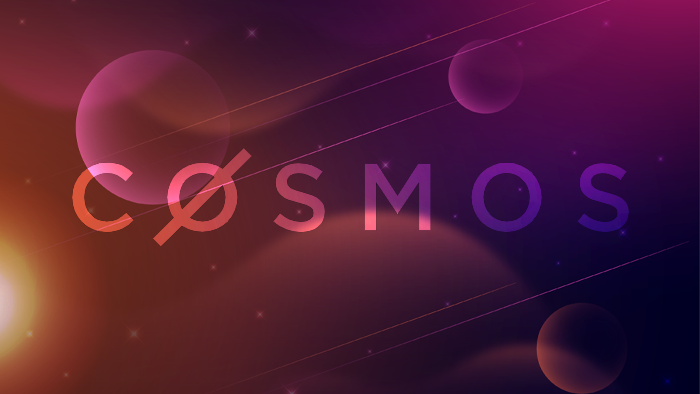As Cosmos plays a crucial role in blockchain interoperability, it’s essential to analyze the security, economic, governance, and regulatory risks associated with the network. This article dive deep into risks in the Cosmos network. If you are interested in Bitcoin, it’s worth analyzing its pegging relationship with the European currency to gain insights into the potential impact on both markets.
Risk Factors in the Cosmos Network
One significant risk factor in the Cosmos network is the potential vulnerabilities that can be exploited by malicious actors. As with any blockchain system, there is a constant need to identify and patch vulnerabilities in the Cosmos Hub and its associated components. Failure to address these vulnerabilities promptly could lead to attacks and exploits on the network, compromising the integrity and security of the system.
The Cosmos network is not immune to the economic risks prevalent in the cryptocurrency market. One key economic risk for participants in the Cosmos ecosystem, such as ATOM holders and validators, is price volatility. The value of ATOM tokens can fluctuate significantly, exposing investors to financial risks. Additionally, economic attacks targeting validators, such as slashing and bribery, pose potential economic risks that need to be mitigated effectively.
Decentralized governance, a core principle of the Cosmos ecosystem, brings its own set of risks. The governance of the Cosmos Hub involves decision-making processes through on-chain voting and community participation. However, challenges arise in ensuring effective decentralized governance, including voter apathy, cartel formation, and voting manipulation. These risks can undermine the democratic nature of the governance model and hinder the network’s ability to make efficient and consensus-driven decisions.
As the blockchain industry navigates through evolving regulatory landscapes, the Cosmos network is not exempt from regulatory risks. Legal and compliance challenges can arise in different jurisdictions, impacting the operations and adoption of Cosmos-related projects. Ensuring regulatory compliance and navigating complex regulatory frameworks becomes crucial for the participants in the Cosmos ecosystem to avoid legal complications and maintain a favorable operating environment.
Risk Mitigation Strategies for Cosmos (ATOM)
To ensure the security, stability, and long-term success of the Cosmos (ATOM) network, various risk mitigation strategies can be implemented. These strategies aim to address the security, economic, governance, and regulatory risks associated with the Cosmos ecosystem. By proactively managing these risks, participants can foster a more resilient and trustworthy network. Let’s explore some key risk mitigation strategies for Cosmos (ATOM).
To mitigate security risks, it is crucial to implement robust security measures within the Cosmos network. This includes conducting regular security audits to identify and address potential vulnerabilities promptly. Bug bounty programs can also incentivize external researchers to discover and report vulnerabilities, enhancing the network’s overall security posture. Additionally, implementing best practices for securing ATOM assets and networks, such as multi-signature wallets, hardware wallets, and strong authentication mechanisms, can minimize the risk of unauthorized access and asset theft.
To manage economic risks, stakeholders within the Cosmos ecosystem, including ATOM investors and validators, can adopt various strategies. Diversification of investment portfolios can help mitigate the impact of price volatility on ATOM holdings. Stablecoin integration within the Cosmos network can provide an additional layer of stability, enabling participants to hedge against market volatility. Validators can implement risk management techniques such as staking strategies, portfolio diversification, and proper due diligence when selecting network parameters to mitigate economic risks associated with validator operations.
To address governance risks, it is essential to continuously improve the governance mechanisms within the Cosmos ecosystem. This can be achieved by proposing and implementing upgrades to the governance model to enhance transparency, accountability, and inclusivity. Strengthening voting processes, ensuring fair representation, and preventing voting manipulation and cartel formation are critical to maintaining the democratic nature of the governance system. Education and awareness initiatives can also help increase community participation and engagement in governance processes.
To navigate regulatory risks, participants in the Cosmos ecosystem should focus on ensuring compliance with existing and emerging regulations. This involves staying informed about regulatory developments and collaborating with regulatory bodies to establish clear guidelines for the operation of Cosmos-related projects. Engaging in open dialogues with regulators can foster a better understanding of the technology and facilitate the creation of a favorable regulatory environment. Compliance measures, such as KYC (Know Your Customer) and AML (Anti-Money Laundering) procedures, should be implemented to mitigate legal and compliance risks.
Conclusion
Effective risk management is crucial for the long-term success of the Cosmos (ATOM) network. By addressing security vulnerabilities, managing economic risks, improving governance mechanisms, and ensuring regulatory compliance, Cosmos can foster a resilient and secure ecosystem. Implementing robust security measures, economic safeguards, transparent governance, and proactive regulatory engagement will contribute to the stability and growth of Cosmos.





